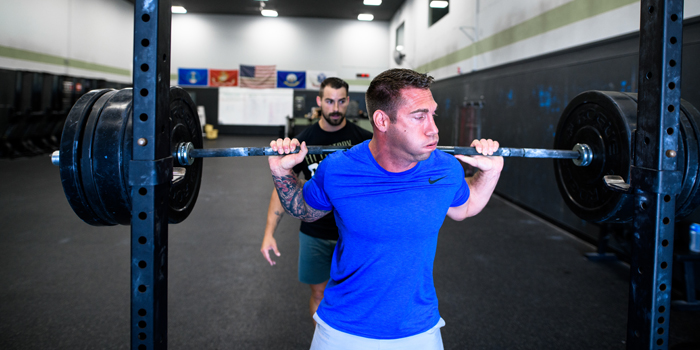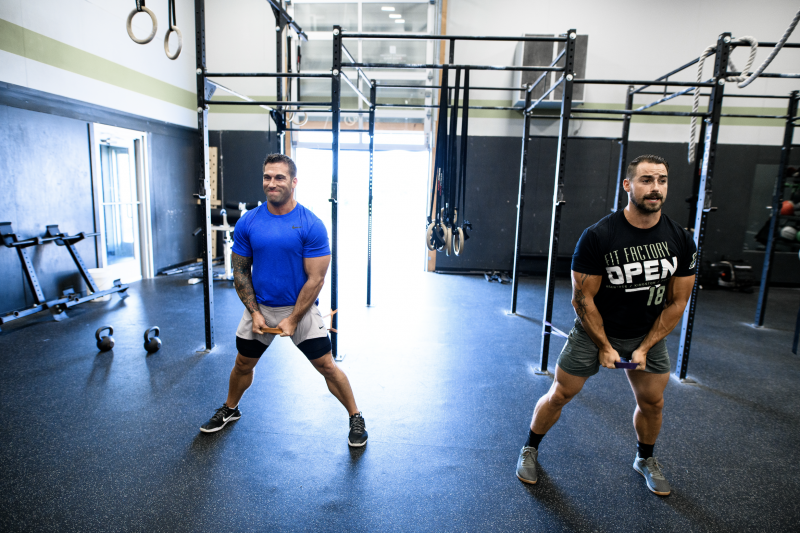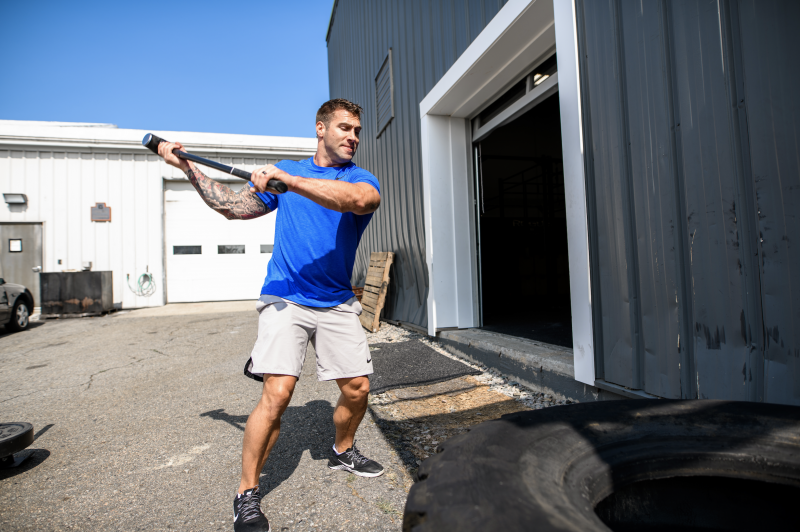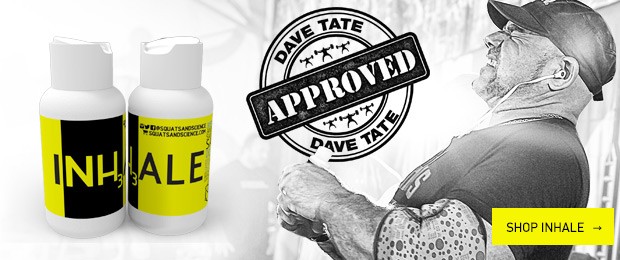
It's all too common to fall into the trap of taking training advice from social media "experts" who might have great six-packs or killer buns. The reality is that having great abs and glutes are not necessarily indicative of a great coach.
What's worse is high–level athletes posting their "active recovery days" that would cripple just about any normal person. Don't fall into that trap.
Here are some simple mistakes to avoid that will allow you to put yourself in the best position to train pain-free for life, perform like a stud, and look good naked.
10. Not Having a Plan
Choosing your workouts day-by-day is inefficient for a number of reasons. One of the more important reasons is that it's easy to lose sight of what has led you to this point—what you've done and what is coming next.
It's also easy to play to your strengths, leaving your training to be one-sided if you're going day-by-day.
Having a plan written by a professional that wasn't done haphazardly the night before will likely be a better option.
9. Performing a Workout Because it Looks "Cool"
It's easy to get caught up in how a workout looks on paper and think that it can be a vehicle to get you closer to your goals. Keep in mind that there is a long list of variables when programming for anyone to consider, such as training age, injury history, past programming (previous week's programming and upcoming week's programming), equipment constraints, etc.
Remember, plugging a workout into your plan because you saw it online and liked how it looked does not mean it's going to put you in the best possible position.

8. Not Enough GPP Work
I get it; it's much easier to feel motivated for the sexy lifts versus loaded carries and sled pulls, but the latter will allow you to improve strength, conditioning, and recoverability. Even if you don't have access to a sled, loaded carries have too many benefits to deny, and before you go cranking out 100+ sit-ups, give a crossbody carry a try first. And before you tell me "21-15-9" of thrusters and muscle-ups is for "GPP," please check out this article first.
7. Not Enough Aerobic Work
This goes hand in hand with point #8. It's not as sexy on paper, but Aerobic Work serves arguably the most valuable aspect of our training: health and longevity. And there are plenty of options to keep things entertaining, so don't think you just have to go for a 5k row or run once a week. It can be more entertaining than that.
6. Not Having a "Why"
Any workout you perform should have a clear "why"; otherwise, it hasn't earned the right to be in your plan. And if you subscribe to someone else's programming, each and every aspect of your plan should be evident. If it feels like it's random, it probably is.
5. Not Enough of Accessory Work
This is a topic we've crushed too many times, but if you're still having trouble thinking about how a triceps extension can benefit your bench press, please check this article out here.
We're only as strong as our weakest link is, and the weakest link will likely get you injured if you don't devote some time to improving it. This work should make up the BULK of your plan (it makes up 70-80 percent of ours) and the best part? You can crush a high amount of volume without with risk of mechanical breakdown.
4. Changing Programs Too Often
Most folks I deal with are type A, which can present many challenges when it comes to sticking to a plan. I get it—the next best thing could be around the corner. But I'll let you in on something I've learned from my own mistakes: You won't know what the best thing is if you don't give the program an adequate amount of time. I'm not talking about a year, either. Give it a full 8-12 weeks before making your call.
Trying nearly every style of programming under the sun has allowed me to arrive at the best method of programming for myself and my clients: the conjugate method. For you, it might be something else, but you won't know without having those experiences first.
3. High Intensity Too Often
High amounts of intensity works. We know that. What does not work in the long term is high intensity every day. Sure, you'll sustain improvements in the short term, but over time, you'll invariably run into issues if you subscribe to the model of high intensity all the time. Sessions that call for the highest levels of intensity need to be separated by 48 to 72 hours. This is also true for max effort strength work. These sessions need to have built-in separation during the week.

2. Re-Arranging Training Days
Most people's schedules put them in a position to have to alter training days or move things around at times. If this is the case for you, make sure that you understand how to optimize things and adhere to many of the aforementioned points, like ensuring proper recovery between sessions. If all else fails and you're not an expert, ask a professional or your coach.
1. Not Taking Active Rest Days
Sounds simple right? We are believers in "active rest days," meaning that recovery isn't a passive activity. Every 7th day, our clients do some easy aerobic work. It may even be just going for brisk work, but there will at least be some type of movement, as movement can facilitate recovery. And no, this should not resemble a normal training day.
*BONUS: Too Much Exercise Variability
It's fun to rotate exercises, and this is an important aspect of programming to avoid accommodation. However, too much variability will not allow you to know what's working and what is not. It's also hard to dial-in movement quality only seeing the same variation once every 12 weeks.
We opt for 2-week waves with the same assistance exercises; this can even apply to conditioning pieces as well. We still rotate maximal effort exercises weekly, but assistance rotates biweekly.
Bringing It All Together
It's easy to fall into the trap of the "next best thing" or to overthink your training plan. Stick to what you know, keep learning, and never look back. And don't follow someone else's plan that you saw on social media.
Having a structured plan that focuses on bringing up your individual limiting factors, building your bases through low-skill GPP work, and regulating the amount of intensity and volume are great ways to ensure that you're getting closer to your goals while staying healthy.










